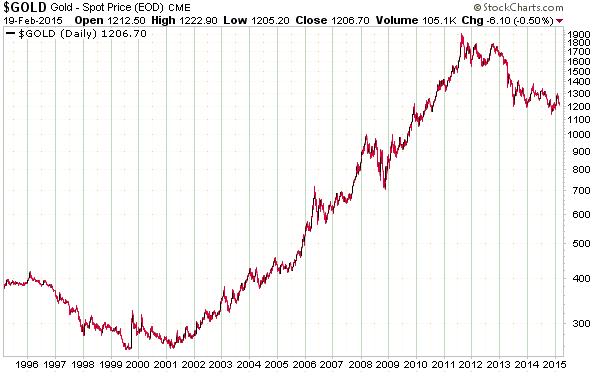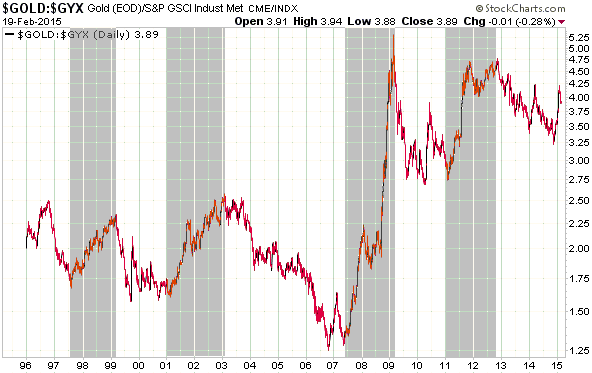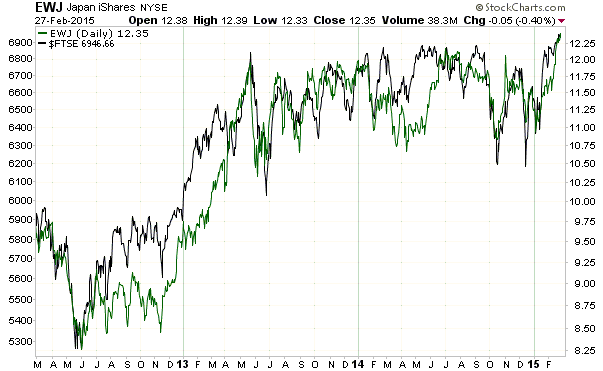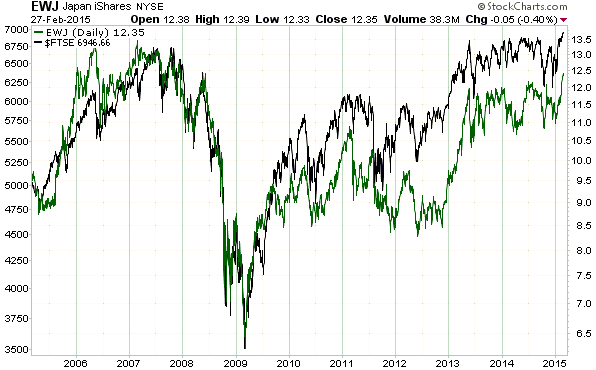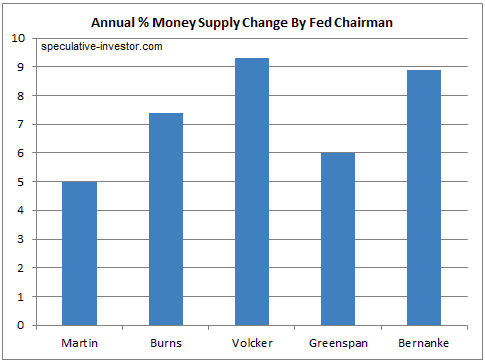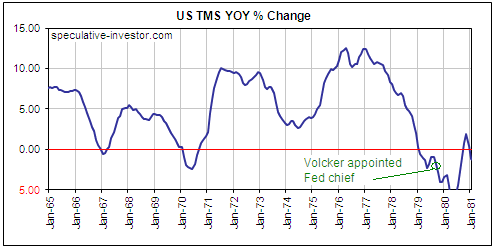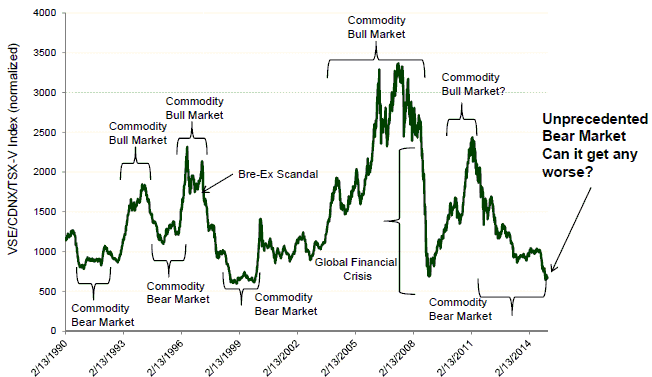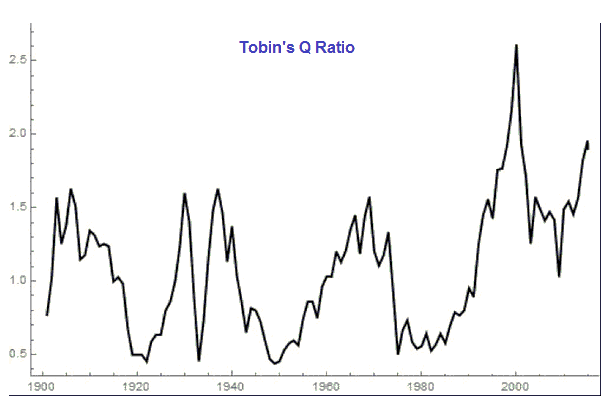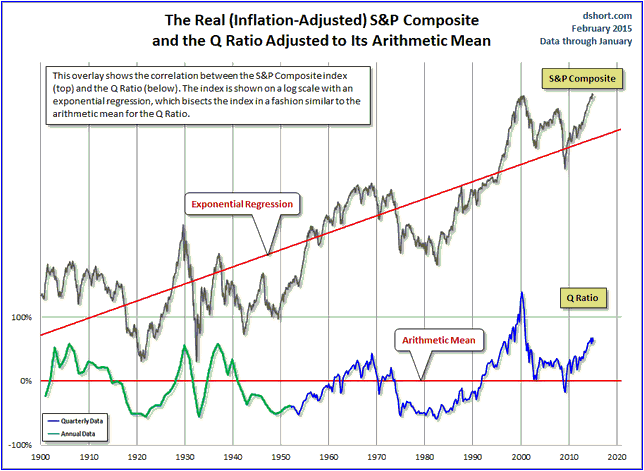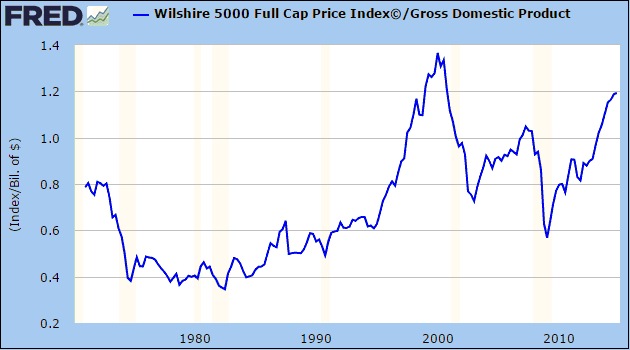When the Fed gave itself the ability to pay interest on bank reserves, it gave itself the ability to hike its targeted short-term interest rate (the Fed Funds rate) without tightening monetary conditions. In other words, it gave itself the ability to tighten monetary policy in the eyes of the world without actually tightening monetary policy. That’s one reason why it’s absurd that almost everyone involved in the financial markets is intensely focused on the timing of the Fed’s first 0.25% upward adjustment in the Funds Rate. It’s not only that a 0.25% increase is trivial, but also that, thanks to the payment of interest on bank reserves, it will almost certainly be implemented without making the monetary backdrop any less ‘accommodative’.
I’ve dealt with this topic a number of times at TSI, most recently last week. Here’s what I wrote last week under the heading “Why the Fed pays interest on bank reserves”:
“The Fed’s reason for paying interest on bank reserves has been addressed in previous TSI commentaries, but it’s an important issue and worthy of additional commentary space. That’s especially so because there is so much confusion surrounding the issue. In particular, the actual reason for the interest payments is at odds with the beliefs/assumptions of many journalists, newsletter writers and other commentators on financial matters.
Before getting to the real reason we’ll deal with the two most common false beliefs. The first of these is that the Fed started paying interest on bank reserves to prevent the commercial banks from rapidly expanding their loan books in reaction to the Fed-generated ballooning of reserves from Q4-2008 onwards. The second is that the main purpose of the interest payments is to provide financial support to the banks.
There is no truth to the first belief, because the interest payments on reserves have no effect on either the ability or the willingness of banks to make loans. The facts are that a) reserves cannot be loaned into the economy, b) there has been no relationship between US bank reserves and US bank lending for decades, and c) even if the amount of bank lending were influenced by the level of reserves as wrongly explained in outdated economics textbooks, an increase in a bank’s lending would not affect the amount of interest earned by the bank on its reserves. This last point is due to the fact that an increase in a bank’s loan book could shift reserves from the “excess” to the “required” category, but wouldn’t affect its total reserves. The Fed, however, pays interest on ALL reserves, not just “excess” reserves.
There is some truth to the second belief in that the payment of interest on reserves does provide some additional income to the banks. However, even with today’s massive reserve levels the financial impact on the banks is trivial (at the current interest rate we are talking about $6B/year of reserve-related interest payments across the entire banking industry, which is a veritable drop in the ocean).
The real reason that the Fed began paying interest on bank reserves in late-2008 was to enable it to maintain control of the Fed Funds Rate (the overnight interest rate on reserves in the inter-bank market and the primary rate targeted by Fed monetary policy) while it pumped huge volumes of dollars into the economy and into the reserve accounts of banks.
To further explain, prior to the extraordinary measures taken by the Fed in late-2008 in reaction to the global financial crisis, the Fed Funds Rate (FFR) could be adjusted by making small changes to reserves. However, after the Fed began pumping hundreds of billions of dollars of reserves into the banks, the central bank was in danger of losing its ability to control the FFR. With the commercial banks inundated with reserves and with plans in place for additional rapid monetary expansion, it became clear to the Fed that even maintaining an extremely low FFR of 0.25% was going to be impossible. Furthermore, the Fed was thinking ahead to the time when it would have to start hiking the FFR. With reserve levels way in excess of what they needed to be to set the FFR at 0.25%, even the superficially minor task of pushing the FFR back up to 0.50% would, under the Fed’s traditional way of operating, necessitate a large-enough contraction of bank reserves and the money supply to bring about another financial crisis.
Think of it this way: In October of 2008 the FFR was at 1% and the total level of US bank reserves was $315B. This suggests that $315B was consistent with an FFR of 1%. Today, the total level of bank reserves is about $2.5T. The implication is that to get the FFR back up to 1% the Fed would have to remove about $2.2T of covered money ($2.2T of money ‘backed’ by $2.2T of bank reserves) from the US economy, but there is no way that it could remove that amount without crashing the financial markets and the economy. Actually, we doubt that it could even remove a quarter of that sum without precipitating a stock market collapse and a severe recession.
This problem was obvious to Bernanke, and his solution was to pay interest on reserves. With this new tool in its kit the Fed gained the ability to set the FFR at whatever level it wanted without adjusting bank reserves and the economy-wide money supply. For example, if the Fed decides in the future that it wants the FFR at 1%, it could achieve this target by simply changing the interest rate on reserves to 1% while leaving reserve and money-supply quantities untouched.
A likely ramification of the Fed’s ability to control the FFR via the interest rate on bank reserves is that the Fed’s balance sheet has reached a permanently high plateau. There will be no traditional tightening of monetary policy in the foreseeable future.”
 Print This Post
Print This Post


